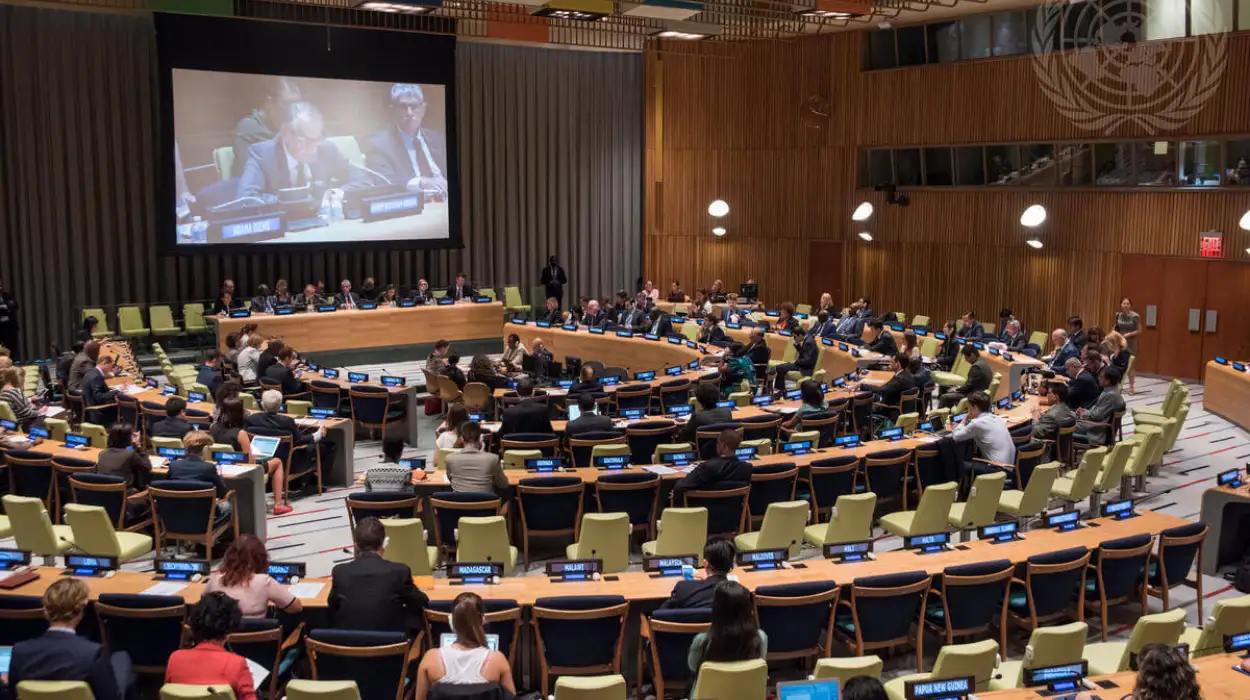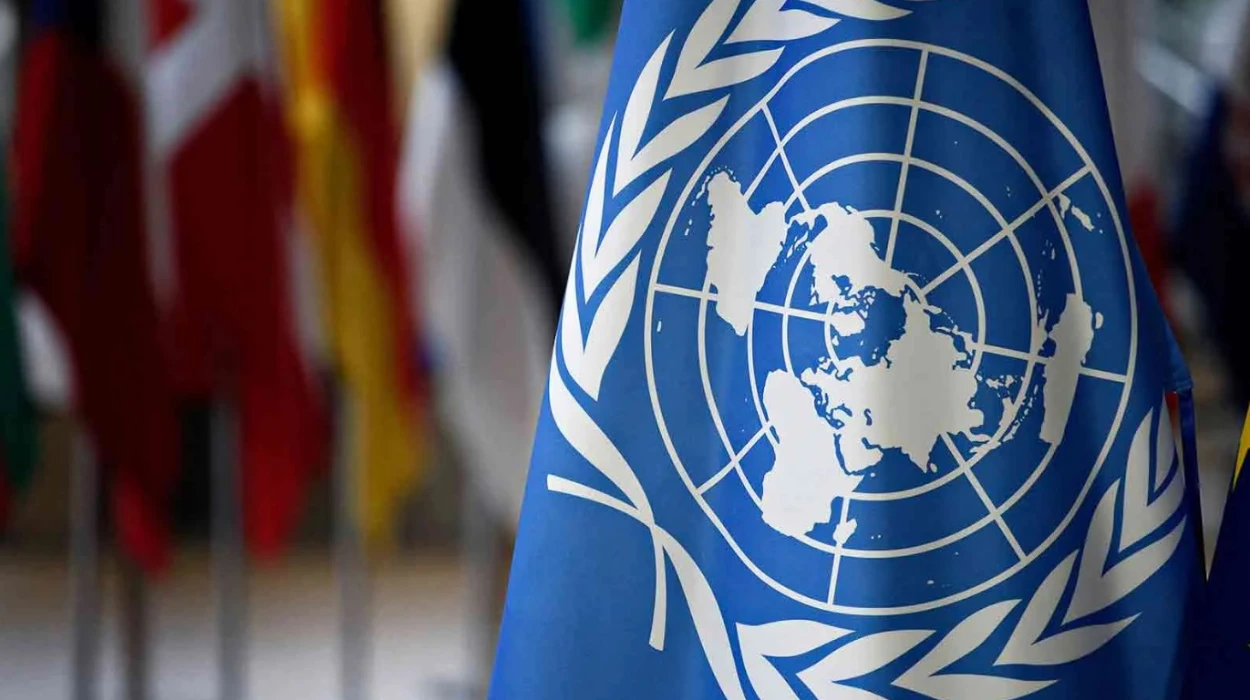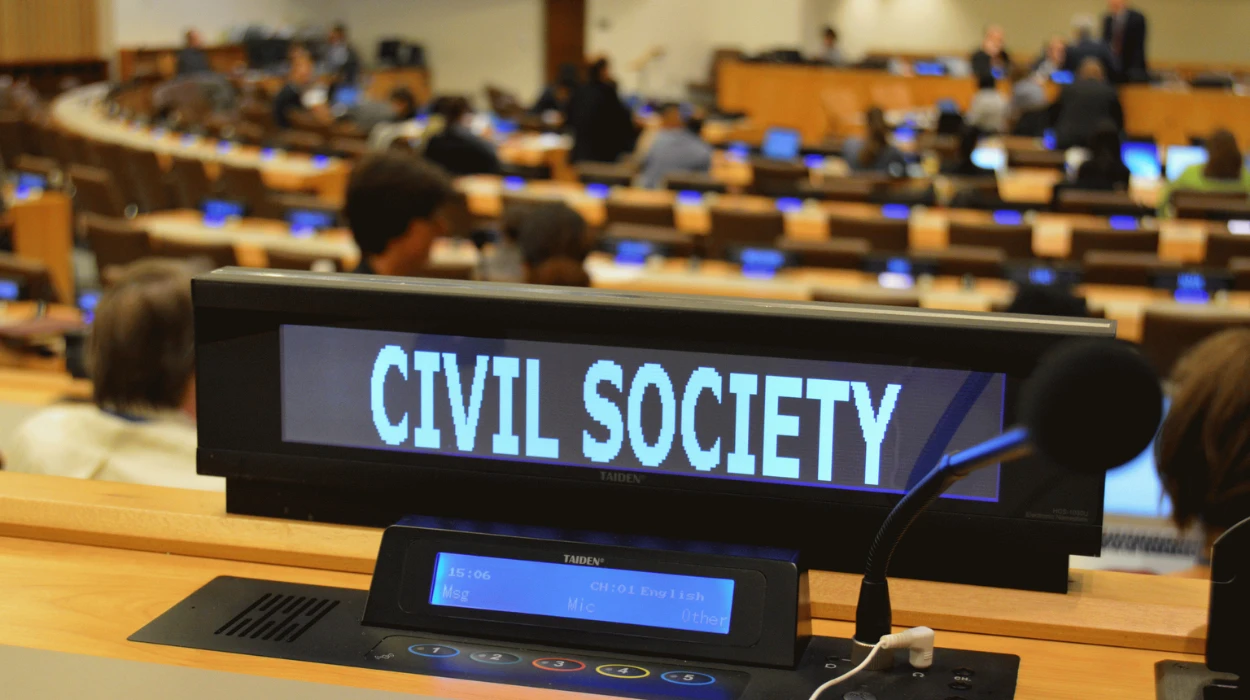The World Health Organization (WHO) unequivocally identifies loneliness as a widespread public health issue affecting one in six people globally. Far from being a mere emotional state, loneliness poses significant risks to physical and mental health, social well-being, and economic productivity. The WHO calls for urgent, integrated, and multisectoral actions to address loneliness, emphasizing its profound consequences on human dignity and the right to health. This analysis explores the prevalence, health impacts, social and economic costs, contributing factors, and policy responses recommended by WHO, framed within a human rights perspective.
How prevalent is loneliness worldwide?
According to the WHO’s 2025 report, loneliness affects one in six people globally, cutting across age, gender, and socioeconomic status. While loneliness is a universal experience, it is particularly prevalent among older adults (up to 43%) and young people aged 18-30 (20-25%). Adolescents and young adults, especially teenage girls, report some of the highest loneliness rates worldwide. Although high-income countries report higher rates on average, loneliness is rising rapidly in low- and middle-income countries, where social safety nets and mental health services are often less accessible. Cultural norms influence how loneliness is expressed and reported, complicating measurement but underscoring the global scope of the problem.
What are the health implications of loneliness?
Loneliness is a major risk factor for both mental and physical health disorders. It increases the risk of depression by 40% and doubles the risk of developing dementia in socially isolated individuals. Physically, loneliness is linked to a 29% increased risk of heart disease and a 32% increased risk of stroke, as well as elevated blood pressure and chronic inflammation. The WHO equates the health risks of chronic loneliness to those of smoking 15 cigarettes a day, highlighting its severity. Loneliness also exacerbates anxiety, suicidal ideation, diabetes, and other chronic illnesses, making it a multidimensional health burden that demands urgent attention.
How does loneliness affect social and economic well-being?
Loneliness has far-reaching social and economic consequences. It reduces productivity, increases healthcare utilization, and drives up social care costs. For example, in the UK alone, loneliness costs the economy an estimated £6,000 per person annually in healthcare and social care expenses. Globally, the economic burden runs into billions of dollars. Loneliness also affects educational and employment outcomes: lonely teenagers are 22% more likely to achieve lower grades, and lonely adults face greater challenges maintaining employment. The cumulative effect threatens social cohesion and economic stability, underscoring loneliness as not only a health issue but a societal challenge.
What factors contribute to the rise in loneliness?
Urbanization has disrupted traditional community structures and social networks. Digitalization offers both connection and isolation; excessive or harmful use of digital media can exacerbate feelings of loneliness despite increased virtual connectivity. Changing family structures, including smaller households and geographic dispersion, reduce opportunities for daily social interaction. The COVID-19 pandemic intensified isolation through lockdowns, social distancing, and economic uncertainty, leaving lasting impacts on mental health and social connectedness. Marginalization, poverty, illness, and disability further increase vulnerability to loneliness.
What more issues does loneliness raise?
Loneliness implicates fundamental human rights, including the right to health, social participation, and human dignity. The WHO emphasizes that social connection is a basic human need essential for well-being. Vulnerable groups—older adults, youth, persons with disabilities, and marginalized communities—face disproportionate risks, raising concerns about equity and social justice. Addressing loneliness aligns with the right to the highest attainable standard of health and the right to participate fully in community life, as enshrined in international human rights treaties.
What do experts and leaders say about loneliness?
Dr. Tedros Adhanom Ghebreyesus, WHO Director-General, stated:
“Loneliness is a silent epidemic affecting millions worldwide, with profound consequences for health and well-being. It is imperative that governments and communities take urgent action to foster social connections and support mental health.”
Mental health experts warn:
“Loneliness can be as damaging as smoking or obesity, yet it remains under-recognized and under-treated in clinical settings.”
Public health advocates emphasize:
“Combating loneliness requires community-based interventions, inclusive policies, and efforts to build resilient social networks.”
Why must loneliness be addressed as a public health priority?
Loneliness has emerged as a profound global epidemic, affecting millions of people across all ages and regions. The World Health Organization (WHO) highlights that one in six individuals worldwide experiences loneliness, a condition that goes far beyond mere feelings of sadness or isolation. It carries devastating health, social, and economic consequences, making it a critical issue that demands urgent attention as both a public health crisis and a fundamental human rights concern.
From a public health perspective, loneliness significantly undermines physical and mental well-being. Research shows that chronic loneliness increases the risk of depression, anxiety, cardiovascular diseases, stroke, and cognitive decline, including dementia. The health risks associated with loneliness are comparable to smoking 15 cigarettes a day, underscoring the severity of its impact. Beyond individual health, loneliness leads to increased healthcare utilization and social care costs, placing a heavy burden on healthcare systems globally. For example, in the United Kingdom alone, loneliness costs the economy an estimated £6,000 per person annually in healthcare and social care expenses. Addressing loneliness, therefore, is not only vital for improving quality of life but also for reducing preventable healthcare costs and enhancing the efficiency of health services.
However, loneliness is not just a health issue; it is deeply intertwined with human rights. Social connection is a basic human need and essential for human dignity. The right to health, as enshrined in international human rights treaties, includes mental and social well-being, which loneliness directly undermines. Moreover, loneliness infringes on the right to social participation, limiting individuals’ ability to engage meaningfully in community life, education, and employment. Vulnerable groups such as older adults, young people, persons with disabilities, and marginalized communities are disproportionately affected by loneliness, raising serious concerns about equity and social justice. These populations often face compounded barriers to social inclusion, making loneliness both a symptom and a cause of broader social exclusion.
The WHO’s call for integrated, multisectoral action reflects the complexity of loneliness and the need for a comprehensive response. Governments, healthcare systems, social services, urban planners, and communities must collaborate to create environments that foster social connection. This includes embedding loneliness screening and interventions into healthcare, promoting social prescribing, investing in community engagement programs, and designing urban spaces that encourage interaction and inclusivity. Digital technologies also play a dual role; while they can help connect people, excessive or unhealthy use can exacerbate loneliness, necessitating balanced and mindful approaches.
Addressing loneliness aligns with the Sustainable Development Goals (SDGs), particularly those related to health (SDG 3), reduced inequalities (SDG 10), and sustainable cities and communities (SDG 11). It requires political will and resource allocation to develop national strategies, fund research, and implement evidence-based interventions.









